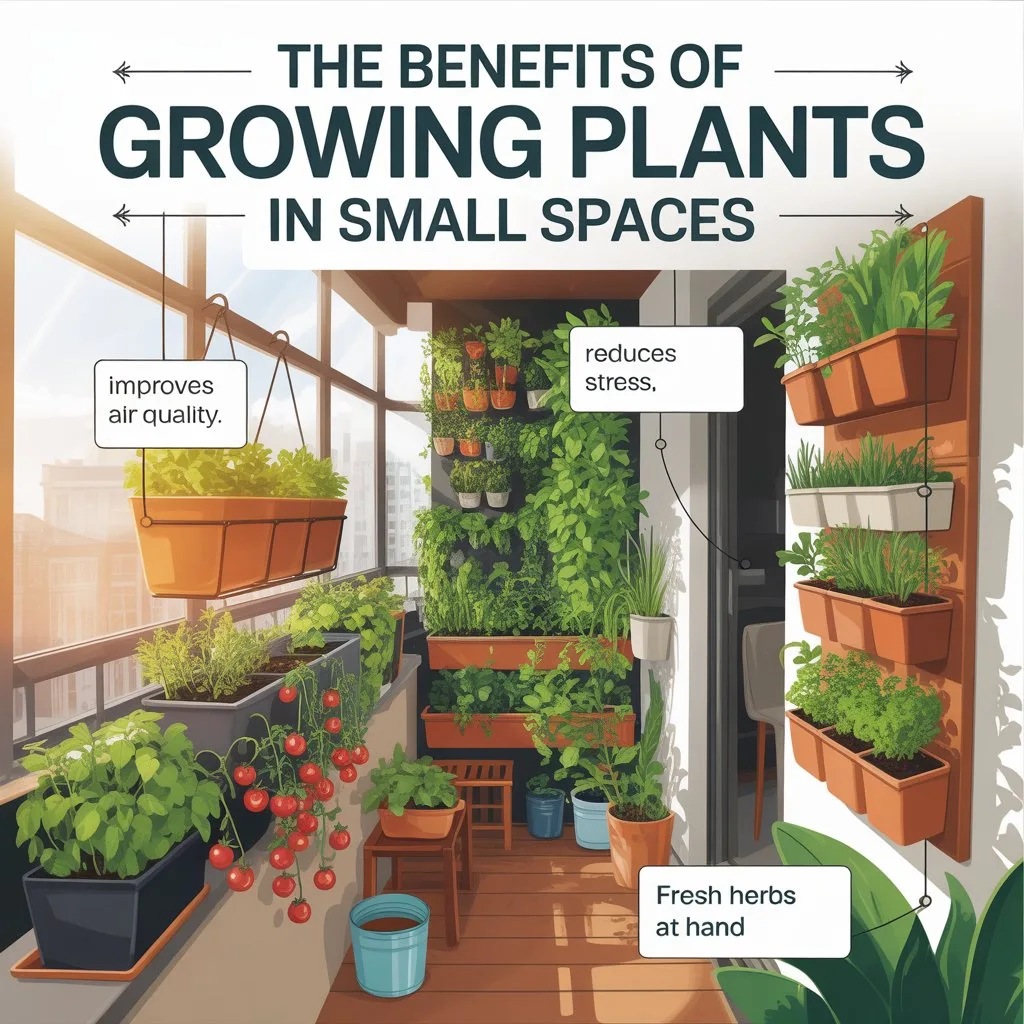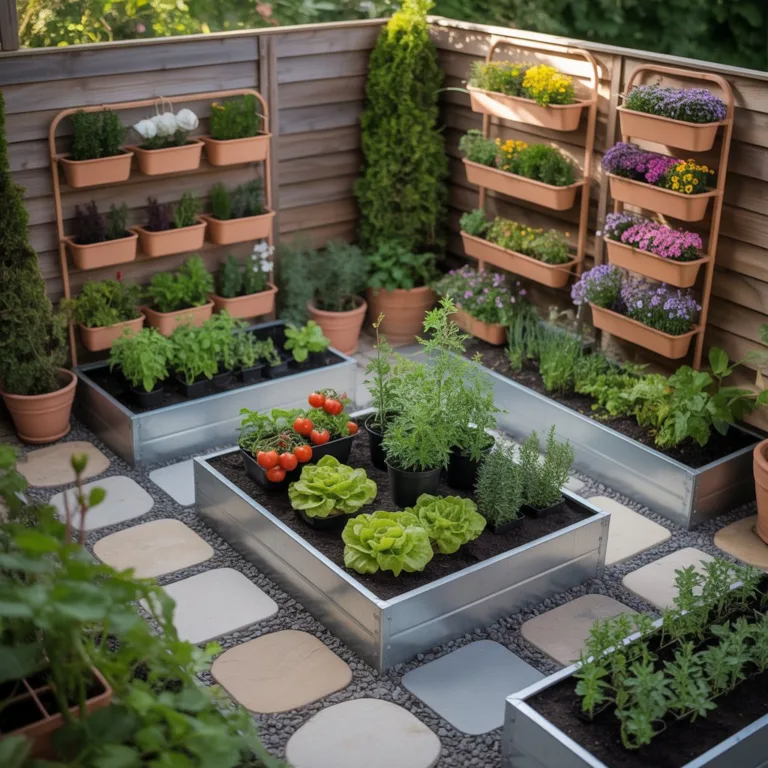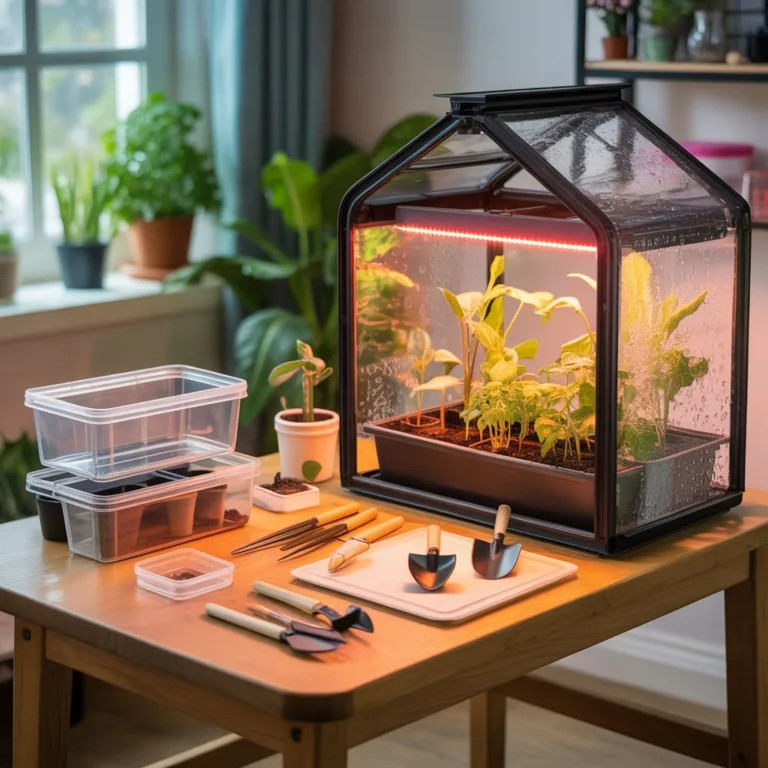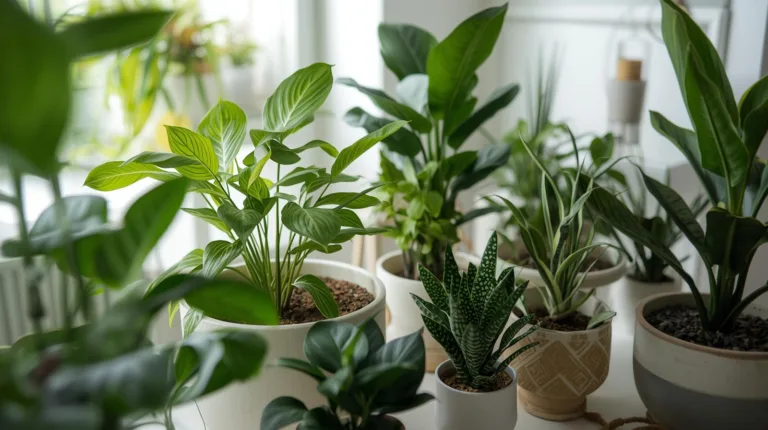Growing plants in small spaces is a rewarding practice that combines beauty, functionality, and sustainability. Whether you live in an apartment, a shared home, or a compact urban area, cultivating greenery in limited environments can bring life, color, and fresh air into your daily surroundings. With creativity and thoughtful planning, even a few square feet can be transformed into a thriving mini garden that promotes well-being and environmental awareness.

Why Small-Scale Gardening Matters
Urban living often limits access to traditional gardens, yet the need for connection with nature remains strong. Growing plants in small spaces provides a way to reconnect with the environment, improve indoor air quality, and reduce stress. Research shows that spending time around greenery can enhance focus, creativity, and mental health.
Beyond personal benefits, small-scale gardening also contributes to environmental sustainability. Even a modest collection of potted plants can help cool the air, support pollinators, and reduce the carbon footprint associated with transporting store-bought herbs and vegetables.
Maximizing Vertical Space
One of the biggest challenges of small-space gardening is limited surface area. The solution lies in thinking vertically. Vertical gardening allows you to grow more plants without taking up floor or counter space.
Use hanging planters, wall-mounted shelves, or stacked pots to elevate your plants and create layers of greenery. Climbing plants like ivy, pothos, and jasmine are excellent choices for vertical growth, as they naturally extend upward and can cover walls or fences beautifully.
If you enjoy DIY projects, repurpose wooden pallets or bamboo poles into living walls. Add small containers or recycled cans to create a customized plant display that fits your available space.
Choosing the Right Plants for Small Spaces
Not all plants thrive in confined areas, so it’s essential to select species that adapt well to your environment. Consider:
- Herbs like basil, thyme, mint, and parsley — compact, fragrant, and useful for cooking.
- Succulents and cacti — perfect for windowsills and require minimal maintenance.
- Small flowering plants such as African violets or begonias for vibrant color.
- Air-purifying plants like spider plants, peace lilies, and snake plants that improve indoor air quality.
For outdoor balconies or small patios, compact fruiting plants like cherry tomatoes, strawberries, or peppers offer both visual appeal and edible rewards.
Creative Container Ideas
The container is just as important as the plant itself. Small-space gardeners often rely on containers that fit their style, space, and function. You can use traditional pots, hanging baskets, or repurposed items such as old jars, cans, or wooden crates.
Ensure each container has proper drainage to prevent waterlogging. Using lightweight materials like terracotta or recycled plastic helps reduce weight and makes moving plants easier when adjusting sunlight exposure.
For a sustainable touch, decorate containers with natural paint or wrap them in burlap or jute. Mixing different container heights also adds dimension to your small garden.
Light and Water Considerations
Lighting is one of the most crucial aspects of small-space gardening. Observe how sunlight moves through your space during the day. South-facing windows receive strong light, perfect for sun-loving herbs and flowers, while north-facing areas are ideal for shade-tolerant plants.
If natural light is limited, consider using LED grow lights, which mimic sunlight and promote healthy growth without consuming excessive energy.
Watering habits also need adjustment in small containers. Plants dry out faster in limited soil, so check moisture levels regularly. Self-watering pots or drip irrigation systems can simplify maintenance, especially for busy lifestyles.
Combining Function and Aesthetics
Small-space gardens should not only be practical but also visually appealing. Arrange plants by height, color, or texture to create harmony. Mix leafy greens with flowering species to maintain balance between freshness and vibrancy.
Consider grouping plants with similar care needs together. This makes watering and light management easier while creating a cohesive visual display.
If you want to create a natural partition between spaces, use tall or cascading plants as living dividers. A row of bamboo, for example, can separate a small balcony seating area from neighboring views while adding greenery and privacy.
The Mental and Physical Benefits
Beyond aesthetics, growing plants in small spaces offers numerous health benefits. The act of caring for plants fosters mindfulness, patience, and a sense of accomplishment. It encourages people to slow down, observe natural processes, and appreciate gradual growth.
Indoor plants improve air quality by filtering toxins and releasing oxygen. Studies have also shown that nurturing greenery can reduce anxiety and promote relaxation — valuable effects in busy urban environments.
For children, small gardening projects provide educational opportunities to learn about responsibility, biology, and sustainability.
Sustainability Through Small Actions
Even the smallest garden supports sustainability. When you grow your own herbs or vegetables, you reduce reliance on packaged produce and lower plastic waste. Using compost from kitchen scraps as fertilizer keeps nutrients within a natural cycle.
Collecting rainwater for irrigation or reusing gray water from washing vegetables further enhances eco-friendly practices. Every small effort adds up, proving that sustainability starts with mindful everyday actions.
By transforming even a corner of your home into a green space, you’re helping promote biodiversity, reduce pollution, and inspire others to adopt sustainable habits.
Bringing Nature Closer to Home
Creating a small garden, whether indoors or outdoors, turns limited spaces into vibrant ecosystems. The simple act of growing plants connects you to nature, enhances your living environment, and contributes to a more sustainable world.
With a few containers, the right plants, and consistent care, anyone can cultivate beauty and balance in small spaces. These living accents bring calm and joy into your daily routine while reminding you that even modest efforts can make a big impact on both your home and the planet.

Sofia Greenfield is a sustainable gardening expert and environmental educator who inspires families and urban gardeners to cultivate green spaces responsibly. She shares practical tips on growing vegetables, herbs, and flowers using eco-friendly and recycled materials, emphasizing the joy of gardening while protecting the planet.



